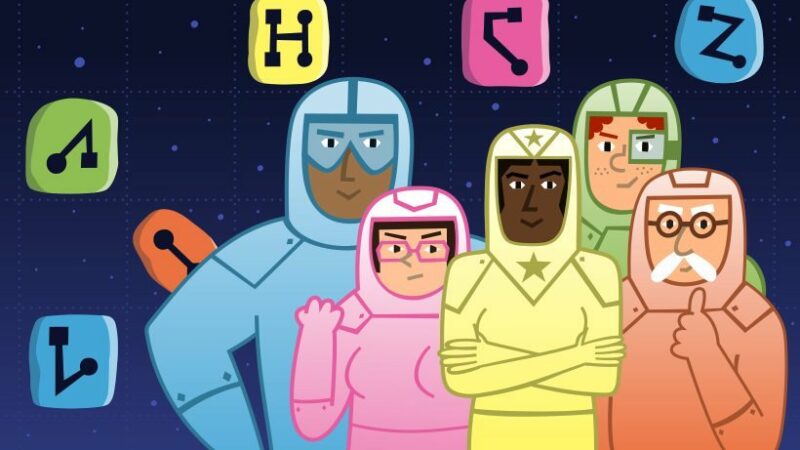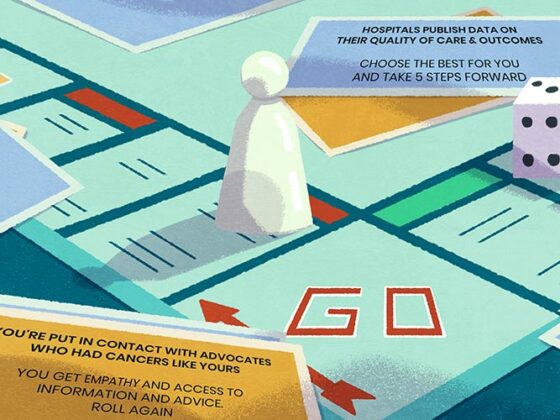Calling all gamers ‒ you can do your bit for advancing cancer research by playing a video game. While this may sound like the ultimate excuse, Spanish investigators really have just launched a smartphone game ‒ the GENIGMA challenge ‒ to help map genomic sequences occurring in cancer cell lines, in order to understand which parts of the human genome play a key role in the establishment and development of cancer.
“We’re calling on people to put their logic at the service of science and join our game,” says Marc Marti-Renom, from the Centro Nacional de Análisis Genómico and Centre for Genomic Regulation in Barcelona, who heads the GENIGMA project.
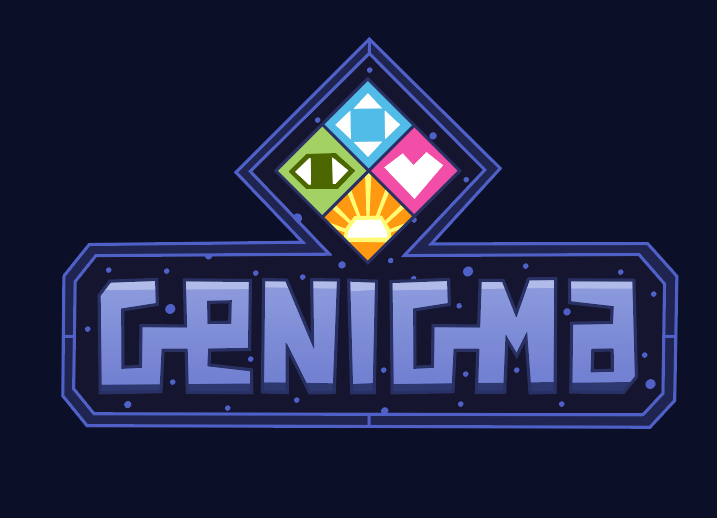
The human genome is made up of a sequence of three billion letters, but in cancer cells, the ‘original’ sequence gets modified by exchanges and rearrangements of genetic material (known as chromosomal translocations). Analysing differences between standard human genomes and the cancer cell lines involves the laborious process of analysing all the DNA in the cell lines and comparing them against the standard human genome.
“Lack of genome reference maps for the cell lines has limited current scientific progress,” says Marti-Renom. “It’s like asking people to navigate modern cities using maps from the past. You’ll turn down a street and suddenly find it’s been shut off for road works.”
The goal is to build precise genomic maps of the five most commonly used cancer cells lines: T47D for breast cancer, TOV21G for ovarian cancer, U2OS for bone cancer, KBM7 for leukaemia, and HeLa for cervical cancer. “Knowing the exact location of genes in the cancer cell lines will help investigators interpret their data more accurately,” explains Marti-Renom. For example, in CRISPR technology, knowing the exact sequences will provide valuable information on the most appropriate genes to edit.
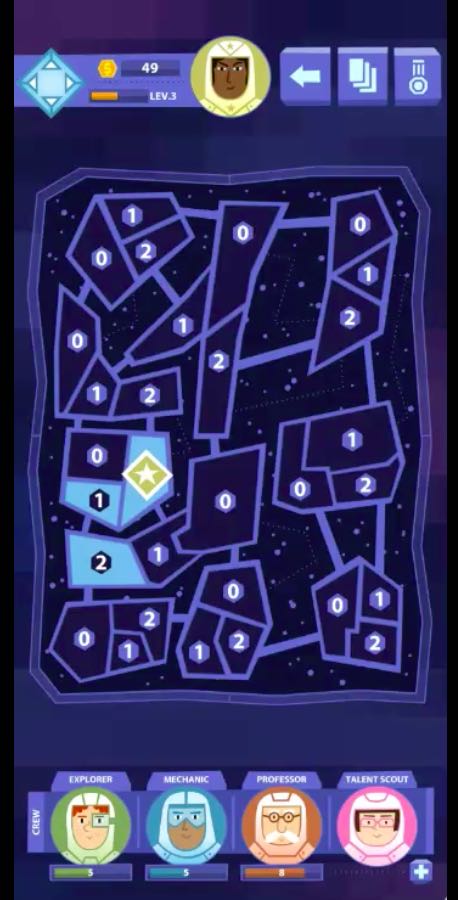 Fundamental to the design of GENIGMA was early realisation that the human eye is more efficient at identifying patterns than machines and computer algorithms (which need painstaking training). “While algorithms will always make the same systematic errors when facing a same challenge, different human brains are less likely to make the same mistakes in the same places providing herd intelligence,” says Marti-Renom. Such an appreciation presented the team with the perfect opportunity for a citizen science initiative involving members of the general public.
Fundamental to the design of GENIGMA was early realisation that the human eye is more efficient at identifying patterns than machines and computer algorithms (which need painstaking training). “While algorithms will always make the same systematic errors when facing a same challenge, different human brains are less likely to make the same mistakes in the same places providing herd intelligence,” says Marti-Renom. Such an appreciation presented the team with the perfect opportunity for a citizen science initiative involving members of the general public.
GENIGMA received funding from ORION open science, a European Union Horizon 2020 project designed to make science more participatory by building cooperation between science and society. The team benefitted from the help of Elisabetta Broglio, a citizen science facilitator, who over two and a half years organised 13 ‘co-creation’ workshops with cancer patients, high school students, gamers and game developers. “Altogether, 500 people helped us design the game and ensure it’s engaging enough to get players hooked. They are playing because it’s fun as well as altruistic reasons wanting to help cancer research,” says Marti-Renom.
To play GENIGMA, gamers have to solve a puzzle involving a string of 8 to 36 blocks (representing fragments of DNA) of different colours and shapes. Each string denotes a genetic sequence in the cancer cell line, and how the gamers individually organise the blocks offers a potential solution to their location in the reference maps. “The idea is that each player should follow their own logic,” says Marti-Renom, adding that players are assigned to one of four ‘clans’, thereby introducing a competitive edge to the game, motivating them to play more.
The ‘record’ score is defined as the highest score provided by players for a given game, and once at least 40 players have achieved that score the individual game is considered resolved. Using the human genome as a reference, the GENIGMA team have an idea what the score should be for each game if it were a healthy cell. All the potential sequences that have been identified can then be tested in the laboratory to determine which is correct. So when 40 players solve a game and the score is higher than the reference score for healthy cells, it’s flagged as a Eureka! region,” explains Martin-Renom. Investigators can then map the genes hosted in these regions and study their implications in cancer, helping them to eventually create new reference maps for the cell lines.
In addition to providing data, the game has a second goal of educating people about biological science. When they do well, they receive ‘reward’ cards containing ‘nuggets’ of information on the project, such as what cell lines are and why genome reference maps are important.
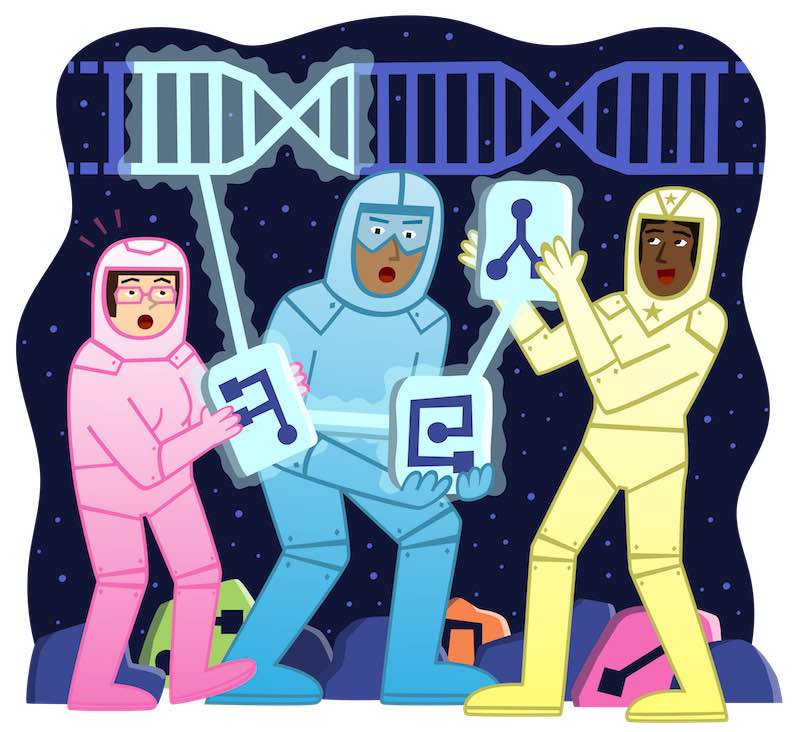
For the first set of games, players are being asked to solve the T47D breast cancer cell line. Every Monday (for three months), the team will introduce a range of new genome fragments from the T47D cell line to be arranged by players. When T47D is completed, the team plan to move on to the other four cell lines.
In the five days since launch GENIGMA has proved remarkably popular. Over 7,800 people from 65 different countries have played a total of 30,000 games “We’re ahead of time and already have finished chromosome 17. Even as we speak, I can see 150 people currently playing,” says Marti-Renom. “But it’s not too late to get involved, we want as many people as possible taking part.”
GENIGMA, is available free from the App Store and Google Play in English, Spanish, Italian and Catalan. It is suitable to play by anyone from the age of five.

